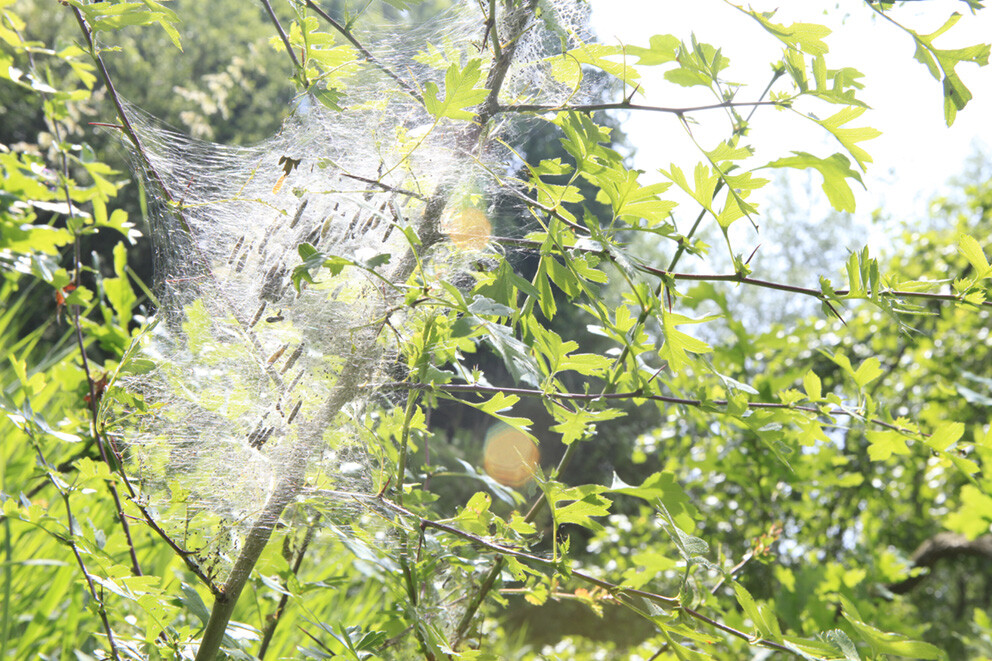Wat is een Zoöp?
Organisatiemodel
Een organisatie wordt een Zoöp door een persoon met een speciale functie toe te voegen: een Spreker voor de Levenden. Allereerst is de Spreker iemand met een goed gehoor en oog voor de belangen van het anders-dan-menselijke leven in de operationele sfeer van de Zoöp. De Spreker helpt deze belangen te vertalen naar de handelingen van de organisatie. De Spreker fungeert als adviseur, docent en bestuurswaarnemer. In de praktijk helpt de Spreker voor de Levenden de Zoöp om het leerproces van de zoönomische jaarcyclus te volgen.
Om haar onafhankelijkheid te waarborgen, ontvangt de Spreker haar opdracht van de Zoönomische Stichting. Deze stichting heeft als enig doel de belangen van het anders-dan-menselijke leven in de operationele sfeer van de Zoöps verder te bevorderen. De Zoöp, samen met de Zoönomische Stichting, beslist wie de rol van Spreker voor de Levenden zal vervullen.
Het werk van de Spreker wordt ondersteund door een netwerk van mensen met verschillende expertise die kunnen helpen bij het beantwoorden van specifieke vragen.
Leerproces
Door het leerproces van de zoönomische jaarcyclus te volgen, ontdekt een Zoöp stap voor stap hoe ze bij kan dragen aan de gezondheid van de ecosystemen waar ze aan deel neemt. Met behulp van de vragen van de jaarcyclus leert de Zoöp wat voor soort ecologische relaties ze onderhoudt met welke andere deelnemers. Op basis van deze kennis kiest de Zoöp waar ze zal ingrijpen om haar sociale en ecologische integriteit te verbeteren.
De jaarcyclus stelt in de basis ecologische vragen. Specifiek voor de Zoöp is dat deze niet alleen betrekking hebben op planten, dieren, lucht en water, maar ook op gebouwen, voertuigen, infrastructuur, de lichamen van de organisatie, enzovoort.
Door deze vragen voor de eerste keer te beantwoorden, maakt een Zoöp een nulmeting. Met dit als basis stelt de Zoöp regeneratieve doelen vast voor het komende jaar om haar ecologische integriteit te verbeteren. Vervolgens plant ze de acties om deze doelen te realiseren.
Zoöps communiceren naar de buitenwereld wat hun doelen zijn, wat ze elk seizoen doen of juist laten om deze te bereiken, én wat ze leren van hun interventies. De zoönomische jaarcyclus wordt geëvalueerd rond midwinter (21 dec), het einde van het zoönomische jaar. Vervolgens wordt een nieuwe versie van het zoönomische plan gemaakt voor het volgende zoönomische jaar.
Basis voor samenwerking
Omdat Zoöps allemaal leren hoe ze kunnen bijdragen aan de gezondheid van de ecosystemen waarin ze participeren, hebben ze veel van elkaar te leren. Een belangrijke rol van het Zoönomisch Instituut is hierom het faciliteren van kennisdeling over verschillende soorten regeneratieve doelen en interventies, zoals materiaalgebruik of het opnemen van regeneratieve doelen in de langetermijnplanning. Deze website dient voor het delen van de leerpunten, do's en dont's van Zoöps en alle andere organisaties en personen die werken aan sociaal-ecologische regeneratie.
Naarmate er meer Zoöps worden gevormd die allemaal dezelfde basiswaarden delen, worden meer specifieke vormen van samenwerking haalbaar en interessant. Bijvoorbeeld gebaseerd op nabijheid, op het werken in dezelfde sector, het werken aan dezelfde soort doelen.
